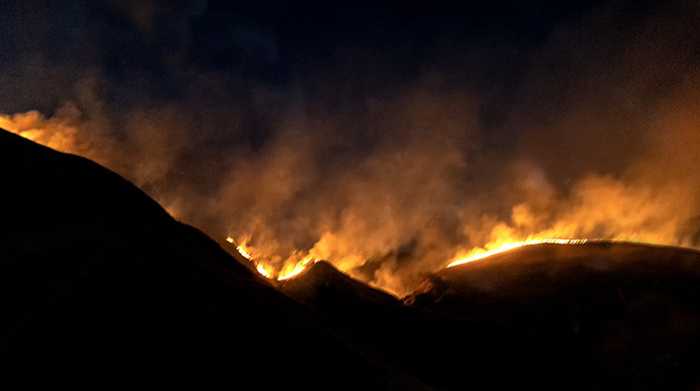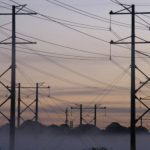Utility Credit Ratings Downgraded Over Wildfire Risk

Image courtesy of Russ Allison Loar under Attribution-NonCommercial-NoDerivs 2.0 Generic Deed, resized to 700 x 391 pixels.
According to a recent report from Charles River Associates, nearly 100 utility credit ratings have been downgraded since 2020 thanks in large part to the increase in wildfire risk and litigation. The result is that utilities in fire-prone areas are getting financially squeezed.
The good news is that certain mitigation efforts have proven effective and could be employed by utilities to reduce their risk and increase their rating going forward.
Rationale for Dinging Utility Credit Ratings
There are several credit rating agencies that handle the utility industry, including Moody’s, Fitch and S&P Global, and these agencies are effectively sounding the alarm over the fact that utilities are operating in an increasingly risky environment.
Most of the downgrades initially focused on the utility companies in California, such as Pacific Gas & Electric (PG&E) and Southern California Edison (SCE), because this is where the high wildfire risk originally presented itself. But in recent years, the risk has spread like wildfire (sorry…) to states like Oregon, Colorado, Washington, Utah, and Texas, to name just a few.
Overall, the Charles River Associates report identified 99 S&P utility downgrades from 2020-2024. This reflects not only the increased risk of wildfires, but also the fact that multiple utilities have been found liable for billions of dollars in damages when their equipment was found to have ignited a fire.
The silver lining here is that the increased scrutiny has prompted the introduction of several innovative strategies and tactics designed to reduce the risk. Here are just a few examples:
- Wildfire insurance pools: California and Utah have developed public wildfire insurance pools for utilities so they can obtain wildfire insurance when commercial insurance is unavailable, or rates are prohibitively high.
- Wildfire mitigation plans: Multiple states now require utilities to issue wildfire mitigation plans, which have proven effective in reducing wildfire liability.
- Vegetation management: Many utilities have implemented tactics to enhance the effectiveness of their tree-trimming practices.
- Fire hardening: Tactics include undergrounding power lines, replacing wood poles with steel poles, using covered conductors, and deploying automatic reclosers.
- Early-warning mechanisms: These include things such as infrared cameras and sensors to detect hotspots and other issues before they cause problems.
All in all, it’s not good that utility credit ratings are getting downgraded at a high rate due to the risk of wildfires, but on the plus side, customers are better off now thanks to the introduction of new fire detection and mitigation strategies and tactics.



